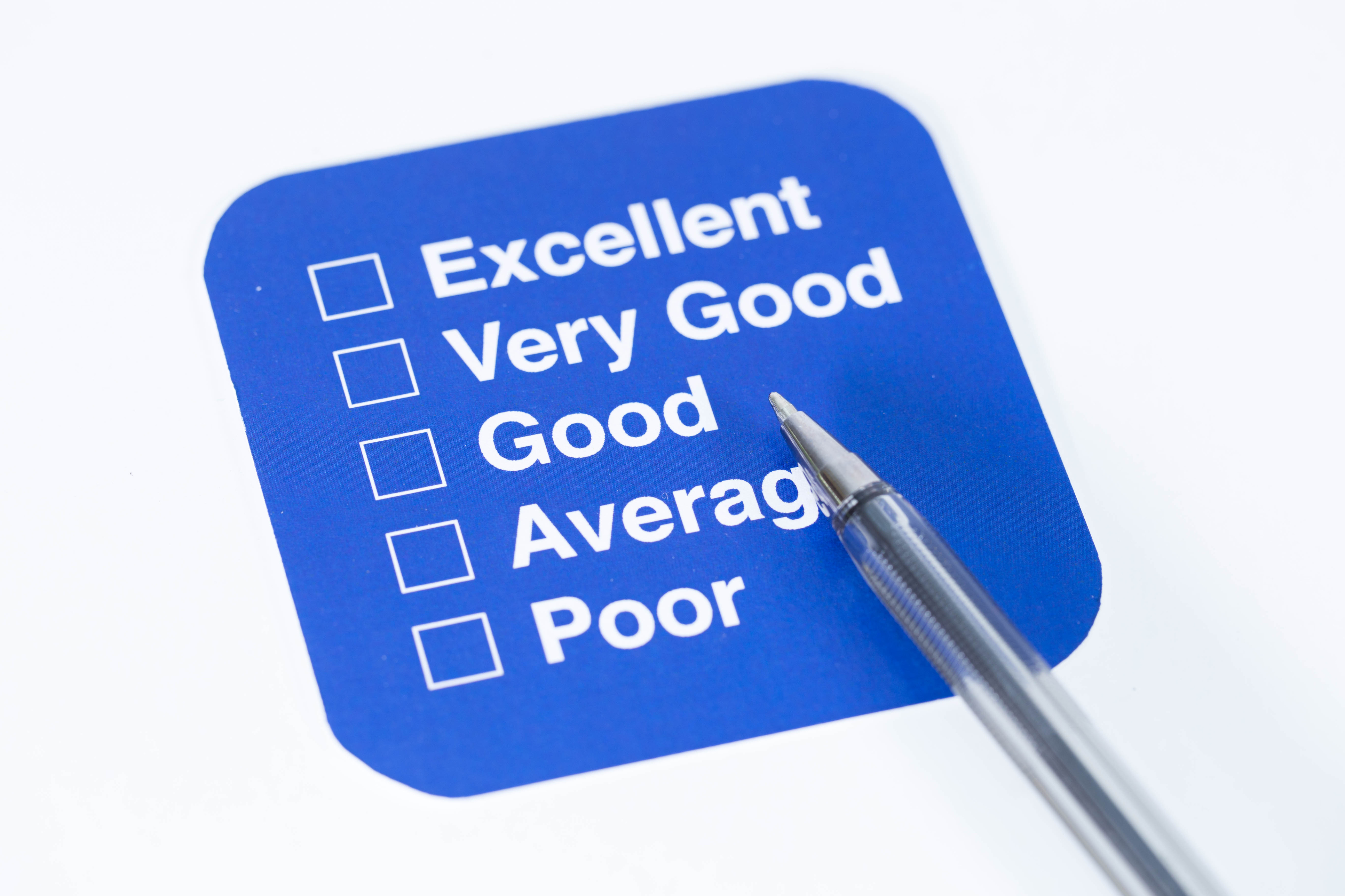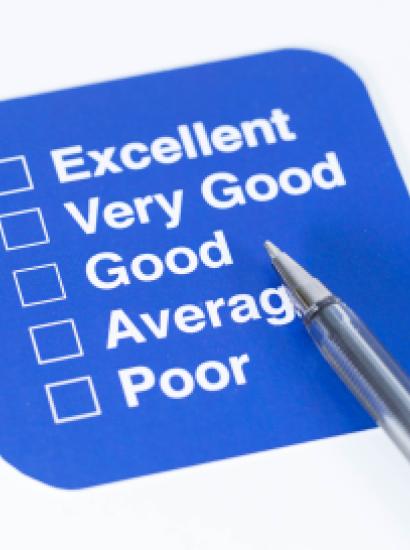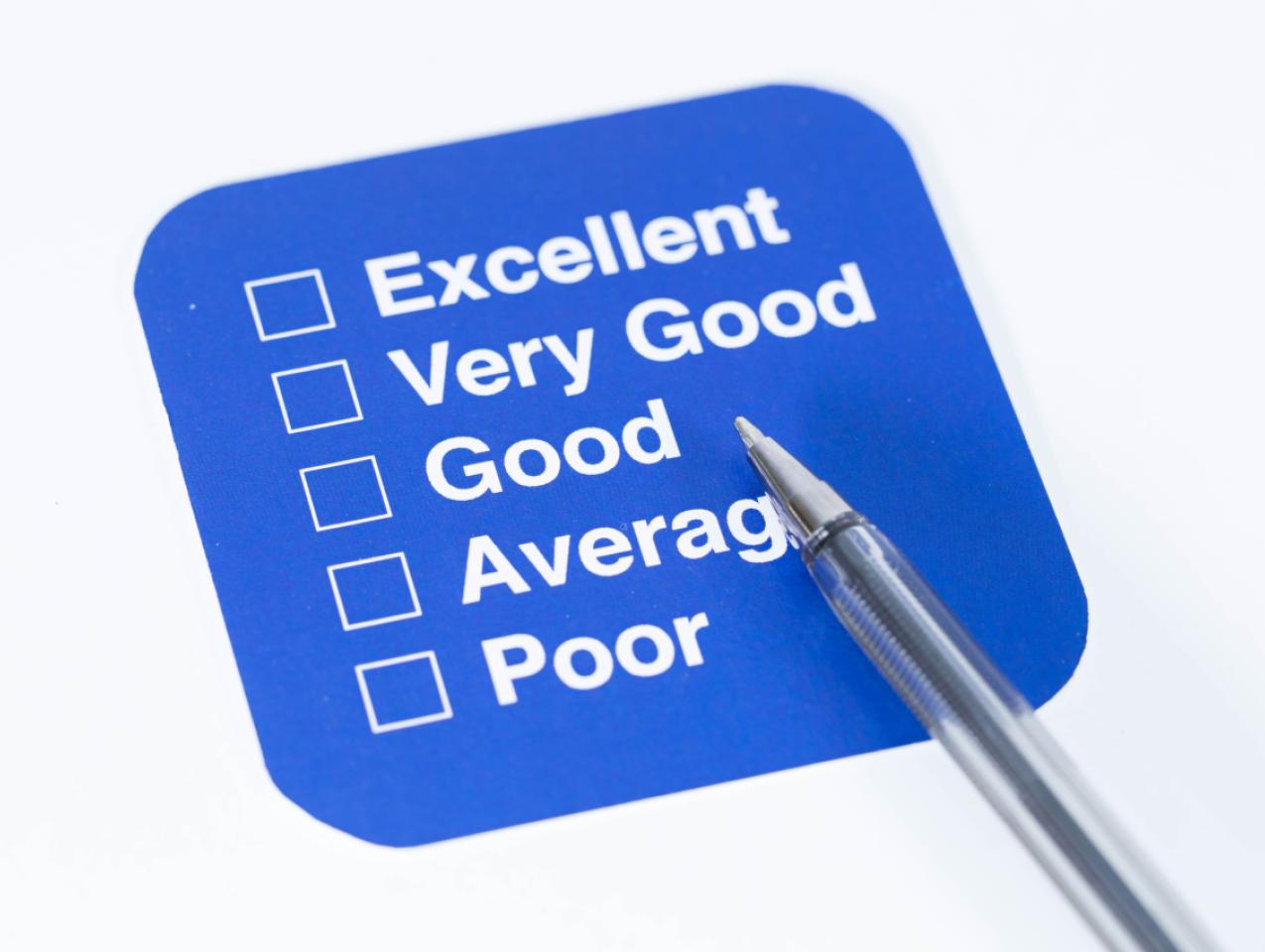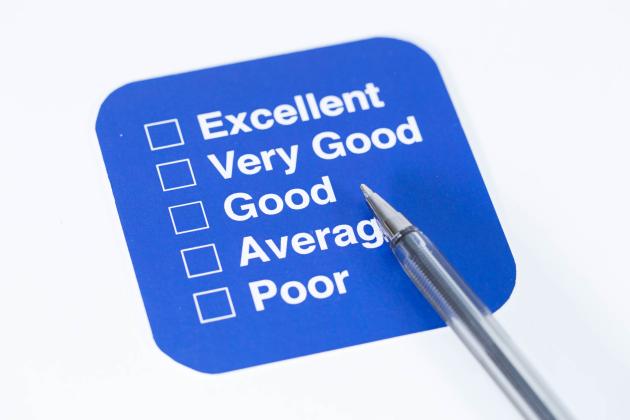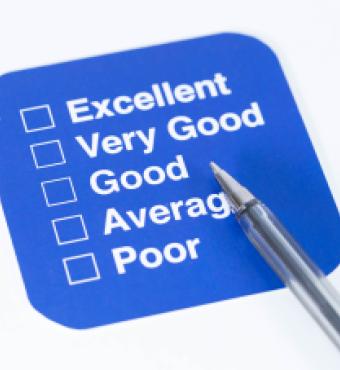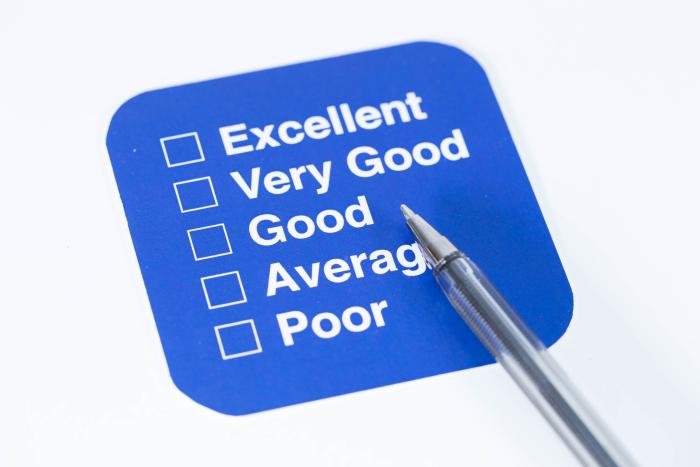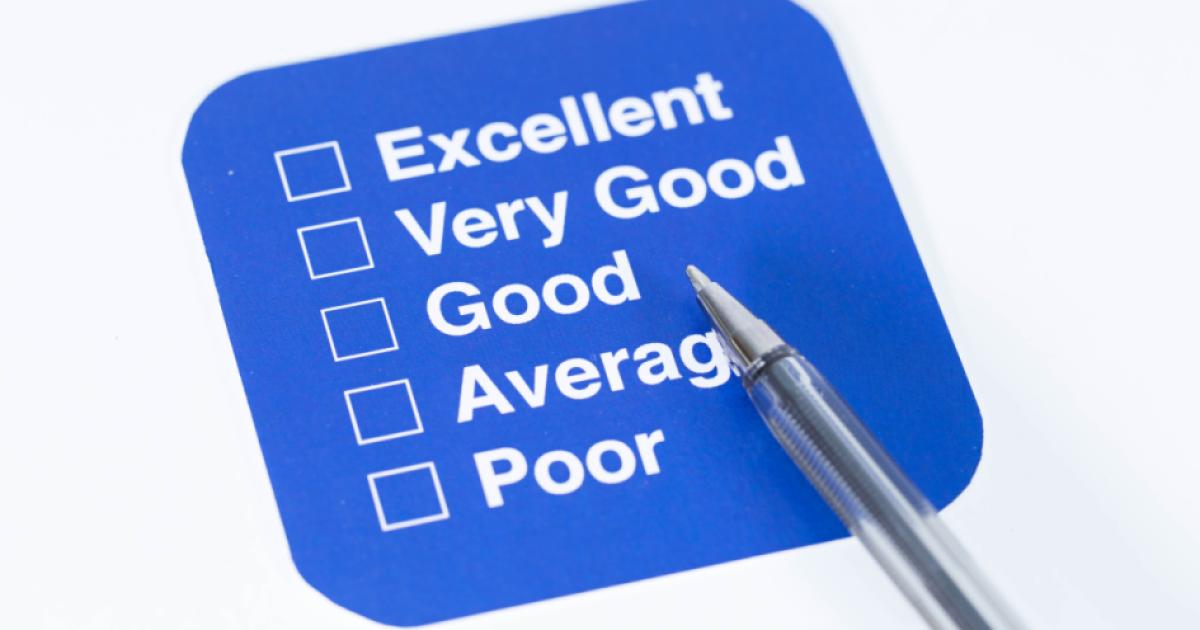- Education
- Politics, Institutions, and Public Opinion
- State & Local
- California
If you’re looking to grade public education in California, pass-fail probably isn’t the way to go but make sure to leave plenty of room in the “comments” section of your report card.
On the one hand, the system has bred success. The late Steve Jobs was a product of California’s K–12 system. He attended nationally recognized Homestead High School, which is part of the San Francisco Bay Area’s Fremont Unified School District (as did Steve Wozniak, who was introduced to Jobs by another Homestead grad, Bill Fernandez, who’d later become the first Apple employee after the two Steves).
But that was back in the early days of the 1970s, when Ronald Reagan was governor and life was simpler (the median price of a California home was less than $27,000).
It doesn’t excuse the fact that today’s California public schools have some explaining to do.
Last August, nearly 3.2 million students at more than 11,000 K–12 schools statewide took computerized tests in math and English to see if they were on track for college as per the Common Core State Standards.
The results? Brace yourself.
- Just 48 percent of students met or exceeded English standards
- Only 37 percent could handle the math.
Some California schools statistics are even more ulcer inducing.
For example, a recent study of California educational data reveals that 75 percent of black boys in the state failed to meet the state’s reading and writing standards.
Other stats suggest that K–12 schools aren’t addressing social and cultural divides. Five years ago, a team of University of California researchers interviewed students at an upper elementary school (that’s grades 4–6) school in urban Southern California and found that a majority of the kids asked didn’t know that hamburgers came from cows, cheese is made from milk and onions, and lettuce is a plant.
How to remedy the situation?
In California’s state capital, the conversation inevitably centers on money. Again, it’s a subjective debate.
California’s recently enacted 2017–18 state budget devotes $54.2 billion to K–12 education. Add higher education and the total is $69.6 billion: three out of every eight dollars the state will spend between now and next July.
Let’s put that in the context of California’s fiscal priorities.
K–12 outlays finish $6 billion shy of what the Golden State will spend on health and human services ($60.275 billion) in the current fiscal year. But it’s four times more than transportation spending (nearly $13 billion) and seventeen times what California will devote to environmental protection ($3.186 billion).
Now, the flip side of the argument: that all those dollars aren’t enough.
Depending on how one does the math—fiscal outlays, California’s exorbitant cost of living, and so on—America’s nation-state ranks anywhere from twenty-second to forty-sxith nationally in K–12 spending.
There’s also a potential “tidal wave” coming K–12’s way: salary increases, ballooning health benefits, and pension obligations that potentially could cripple local school districts who already are at the inconsistent revenue stream produced by California’s boom-or-bust economy.
It’s easy to be overwhelmed by the sheer magnitude of public education in California. The Golden State’s home to more than 6.2 million students and nearly 300,000 teachers in 10,453 various forms of public schools, not counting the nearly 575,000 more students in more than 1,200 charter schools.
It’s an army of young learners, about fourteen times the size of today’s US Army; roughly the same size as the army at the height of the Second World War. If California’s student population were to secede (gee, there’s an original thought), it would be America’s fourteenth-largest state—just past Arizona and closing in on Massachusetts.
It would take multiple editions of this publication and a lot of Internet bandwidth to summarize all the concerns regarding the future of education—and education reform—in California.
One could start with the California Teachers Association’s death-grip on the legislature, which produces such sad outcomes such as the smothered-in-the-cradle attempt at seriously addressing teacher tenure in the Golden State.
This summer legislators didn’t pass on a chance to engage in a little apple-polishing with the teaching profession. Sacramento kicked around a variety of extra perks for instructors: tax breaks, affordable housing, and expanding maternity benefits.
Meanwhile, there’s heavy political turnover coming Sacramento’s way. The November 2018 election, owing to term limits, will produce a new governor and superintendent of public instruction, as well as the expected departure of the president of the California State Board of Education. Look for a public debate over financing laws and formulas, plus various reforms having to do with standards, curriculum, and teacher preparation and performance.
While we’re on the topic of turnover, keep an eye on faculty lounges during the next decade: in the 2015–16 schools, one-third of all California teachers were age fifty and older.
For this installment of Eureka, we’ve lined up five policy experts who’ll look at various aspects of California education: both what’s alarming and what shows signs of promise.
Our contributors are
Paul Peterson, a Hoover Institution senior fellow and editor in chief of Education Next, analyzes the results of a survey that shows California teachers concerned about their peers’ performance.
Erik Hanushek, the Hoover Institution’s Paul and Jean Hanna Senior Fellow, looks at California’s inability to address teacher tenure and its effect on producing an adequate instate workforce.
Williamson Evers, a Hoover research fellow and past US assistant secretary of policy, looks at California’s adaptation of a new history curriculum that conveniently overlooks some progressive sins of the past.
Caprice Young, charter school advocate and chief executive of Magnolia Public Schools, explains the significance and long-term potential of the Los Angeles Unified school board now consisting of a pro-charter majority.
Marshall Tuck, a Southern California education reform activist and candidate for state superintendent of public instruction, lays out the argument for decentralizing California school policy.
We hope you enjoy this latest installment of Eureka—and that it gets you thinking about where California stands and whether we’re moving in the right direction.
Happy reading!







